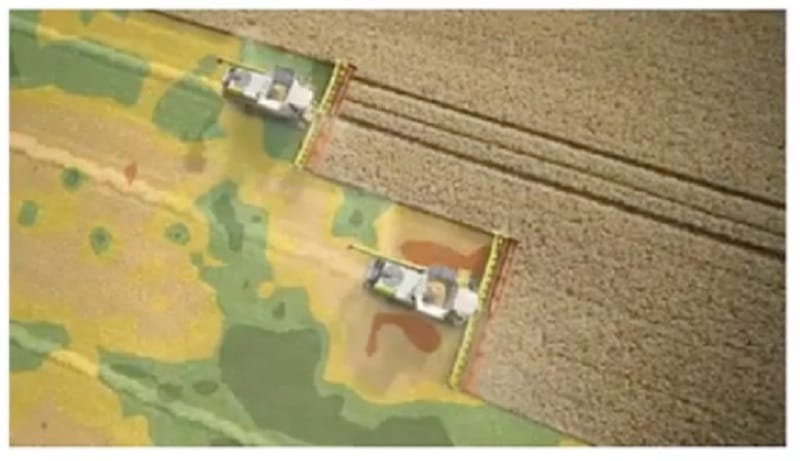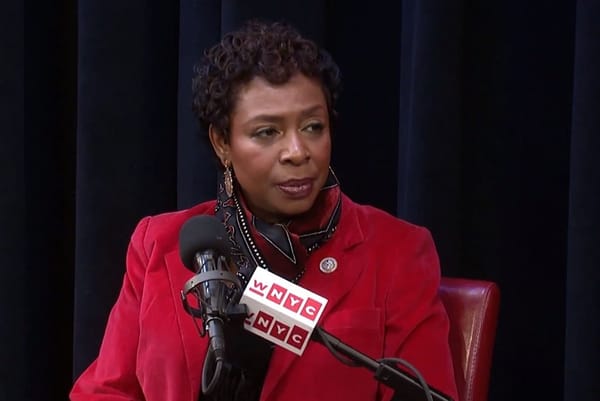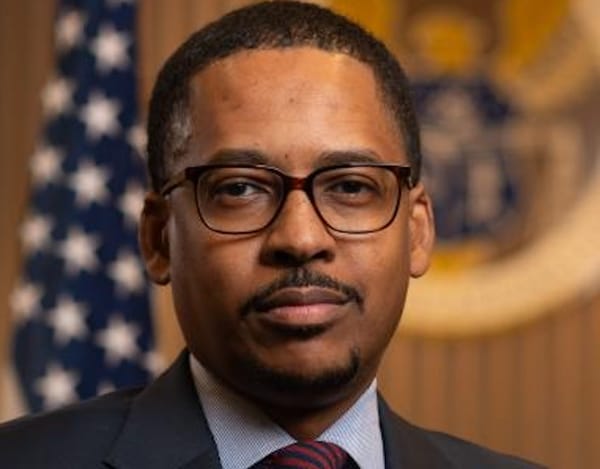Precision Agriculture is About Harvesting Data as Well as Harvesting Fields, Say Experts at FCC Task Force Meeting
WASHINGTON, March 25, 2020— “We won’t be calling it precision farming anymore, we’ll just be calling it farming,” announced Ken Sudduth, an agricultural engineer at the USDA’s Agricultural Research Service. Sudduth spoke Wednesday at a monthly electronic meeting of the Federal Communication Commissi

WASHINGTON, March 25, 2020— “We won’t be calling it precision farming anymore, we’ll just be calling it farming,” announced Ken Sudduth, an agricultural engineer at the USDA’s Agricultural Research Service.
Sudduth spoke Wednesday at a monthly electronic meeting of the Federal Communication Commission’s Precision Agriculture Connectivity Task Force.
Sudduth made the argument during his presentation to listeners that precision agriculture is at an inflection point, representing technology that is changing hands from early adopters to mainstream farmers.
Precision agriculture refers to the ability to use broadband, large data sets, and drones to optimize agricultural production in areas like row-crop farming, broad-acre farming, dairy production, and even botanical disease identification.
Precision agriculture, Sudduth explained will allow farmers to increase their profits while also minimizing impact to the environment. We’re “not just harvesting fields but we’re harvesting data,” Sudduth said.
The improvements wrought by precision agriculture will improve the value chain “from farm to fork.” Sudduth used this phrase to describe the possibility of farmers using this technology to produce precision foods— matching the nutrients of specific plants with the genotype of an individual for optimal health.
Craig Ganssle, founder and CEO of Farmwave and another participant on the webinar, described his company’s strides in scaling precision agriculture. He described Farmwave as the first artificial intelligence library on plant pathology, adding that USDA and 16 U.S. universities use the AI library.
Amazingly, Farmwave’s visual recognition software called Vision Computing can use footage of a farmer’s infected crop and return an accurate result: corn leaf blight. This same technology will be able to accurately estimate the number of kernels on an ear of corn and the number of ears of corn on a plot of land. This grants farmers razor sharp precision in understanding their yield and allows them to optimize growth for future harvests.
Sudduth and Ganssle spoke at a conference call for the Precision Agriculture Connectivity Task Force, but not all participants agreed with that label. “Calling it precision agriculture was a little narrow,” Teddy Bekele, chief of the task force admitted, of the name.
A colleague of Bekele’s chimed in that “it’s the entire agriculture community” that this task force represents, and therefore it should choose a name that’s more reflective of that inclusion.
Other participants had problems with the name’s length. “Our task force name is a little unwieldy,” another member said of the group, whose full name is “Task Force for Reviewing the Connectivity and Technology Needs of Precision Agriculture in the United States.”
He also mentioned how he has trouble remembering all the words in the task force name. He suggested using “an acronym” or something that’s “more to the point” and argued that this would improve communications.
“Marketing is important,” another colleague said.








